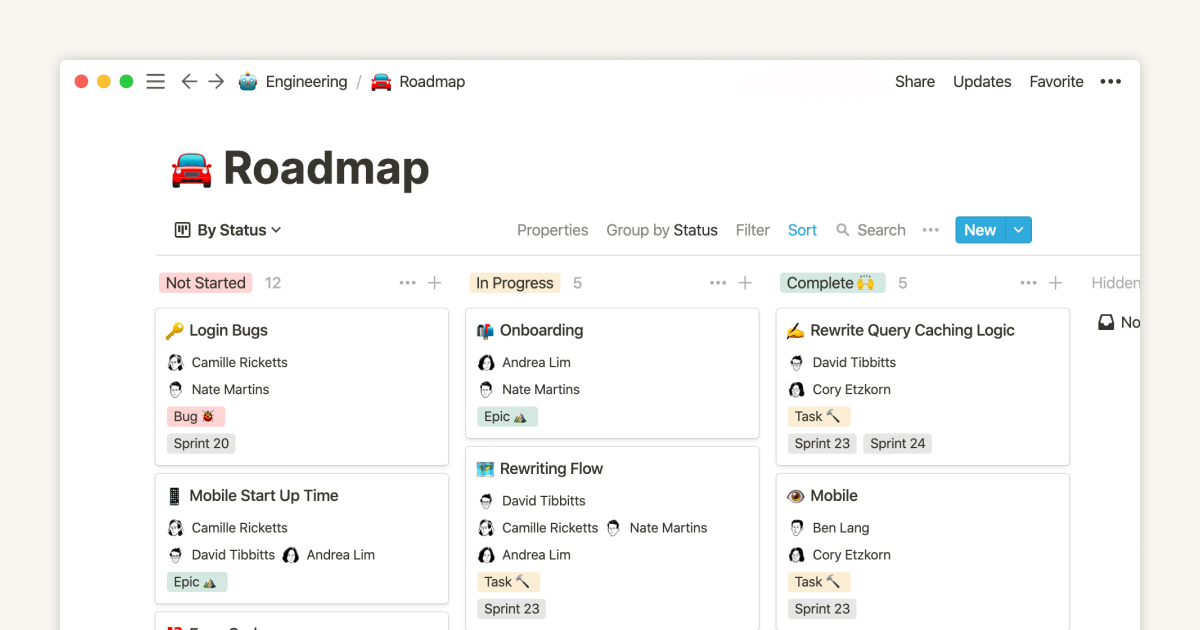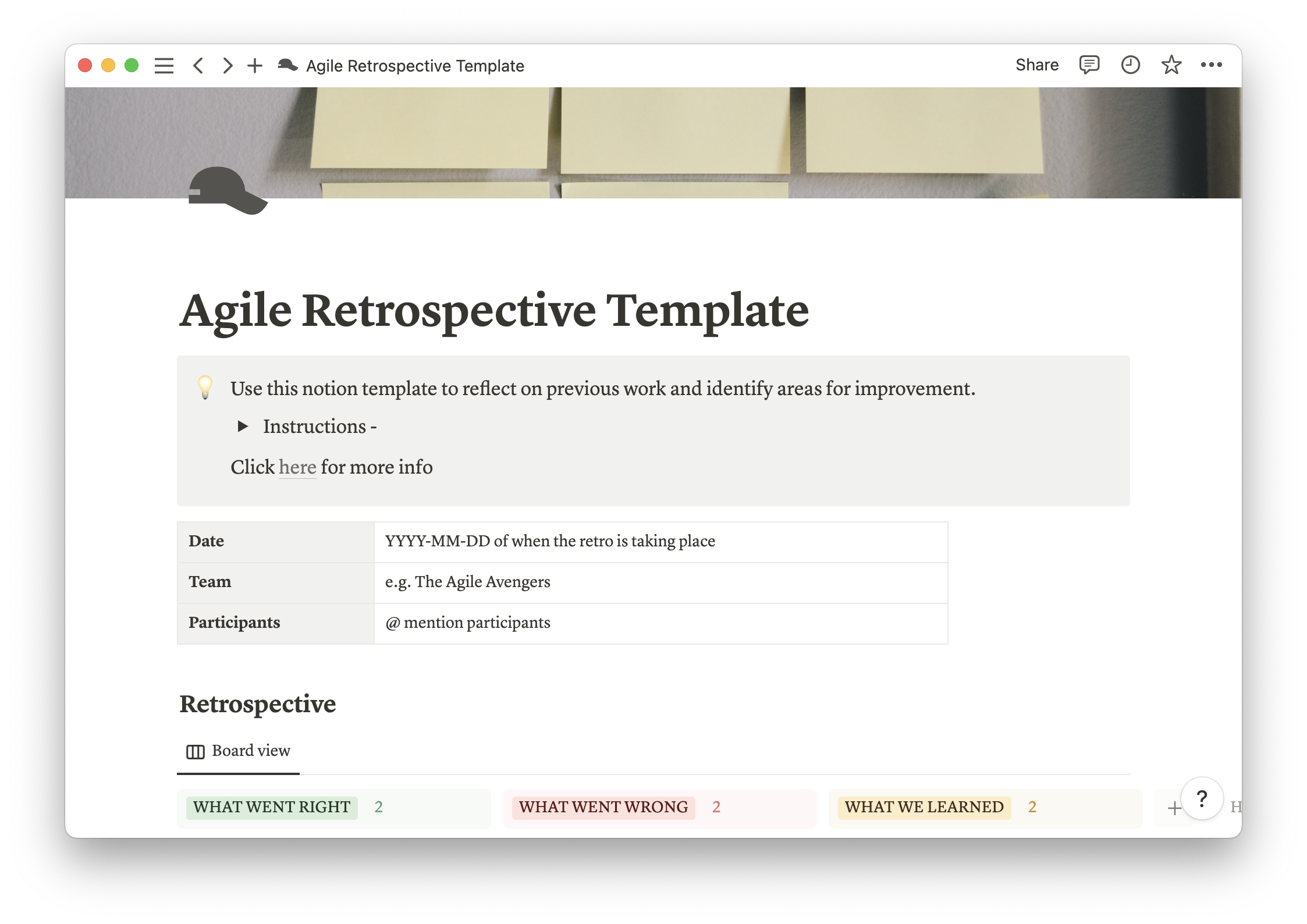Top-notch companies are always looking for new ways to elevate teamwork, productivity, and profitability.
This pursuit is an ever-evolving, rarely linear journey. Roadblocks and stalls are inevitable. But did you know how you choose to approach change can have just as much of an impact as the change itself?
While some companies rely on trial and error, throwing ideas at the wall to see what sticks, others put their trust in analytics, trends, and proven methodologies — like Scrum.
Understanding what Scrum entails and effectively integrating it into your business model can pave the way for the positive outcomes you seek. Embrace the power of Scrum to drive success and propel your business to new heights.
What’s Scrum?
Scrum is a popular Agile project management framework that focuses on iterative and incremental development. The word itself is a rugby term that describes when both teams' players cram together in a tight semi-circle around the ball after a stoppage in play.
Most agree that the first full implementation of Scrum took place in 1993 when Jeff Sutherland, John Scumniotales, and Jeff McKenna implemented the framework at their organization after reading the Hirotaka Takeuchi and Ikujiro Nonaka article, “The New Product Development Game.”
Product development teams use this approach to strengthen collaboration, adaptability, and efficiency as they work toward a common goal (often the project’s delivery). In Scrum, work is organized into time-boxed iterations called sprints, which typically last between 1–4 weeks, during which a cross-functional team collaborates to deliver part of a product.
Scrum emphasizes flexibility, customer feedback, and frequent product releases, making it an effective approach for projects with evolving requirements and a need for quick responses to change. Daily stand-up meetings, regular sprint reviews, and retrospectives ensure constant feedback and continuous improvement.
The benefits of Scrum
This project framework is popular for a good reason. Let’s explore four key upsides to using Scrum:
1. Higher quality product development
Much of the Scrum process relies on internal feedback and continuous improvement. As a result, every member of the team is constantly working toward improving quality assurance, creating better products, and increasing customer satisfaction.
2. Stronger teamwork
Scrum supports symbiotic teamwork by emphasizing effective communication and problem solving. Thanks to regular communication and diverse skills, the methodology empowers you and your team to meet deadlines, be confidently creative, and build trust and respect for one another.
3. Better flexibility
Scrum's design encourages your team to refocus priorities by adapting the tools, resources, and processes at your disposal as new circumstances arise. Because sprints are relatively short and feedback is constant, you have ample opportunity to tweak and readjust your approach to overcome sudden and complex challenges.
4. Fewer risks
In Scrum, your team is always talking, planning, and problem solving. With this framework, you provide the group with better opportunities to mitigate risks early and often. Daily check-ins can unearth issues that may have gone unnoticed for weeks in longer, less interative methodologies.
A guide to Scrum methodology
Although the Scrum methodology first appeared in software development, its efficacy is appealing to project leaders across various industries. After all, any company can reap the benefits of fostering an environment that encourages adaptability and ongoing improvement.
With that said, the Scrum basics are a more rigid process than other project management frameworks, such as Kanban. This is because, without a solid framework, a rapid incremental approach to time-sensitive tasks can quickly devolve into chaos. So even though you're in this project for the long haul, get ready to sprint.
First, you need to ensure your vision is intact. Do this by creating an Agile project plan that lists all the tasks required to finish the project. It should be customer-centric and balance costs with value. Consider using an Agile project management template like this one to complete your project plan:

Next, assign roles and responsibilities to your team members and ensure everyone is on the same page regarding task completion. Who’s responsible for each deliverable, and when are they due?
Now it’s time for the core of Scrum: creating sprints. The number of sprints depends on the size of your project. Each sprint should complete a specific task, milestone, or deliverable, and your team must finish the current sprint before moving on to the next.
Be sure to hold daily or weekly Scrum meetings where team members present progress updates, and end each sprint with a retrospective to gauge successes and failures. This will help your team perform better — and faster — on the next sprint.
Scrum core principles
At the heart of Scrum lie three fundamental principles. By embracing them, your team can foster an environment of continuous improvement, productivity, and successful project delivery:
Transparency — regular meetings and open communication create an environment where challenges and obstacles are openly discussed. This enables the entire Scrum team to stay informed about the project's progress and address any impediments together.
Inspection — the Scrum team should frequently review a project’s progress to identify weaknesses, unnecessary expenses, and other areas that require adjustment. These regular inspections allow the group to stay on track, remain cost-effective, and meet deadlines, ensuring a smooth and efficient project execution.
Adaptation — Scrum projects must be flexible in order to stay aligned with customer needs and market changes. The team should have the necessary resources and personnel to adapt plans, priorities, and strategies as needed to create the most engaging and competitive products.
Key values for project success
Great projects have a lot in common, regardless of industry. All Scrum teams should embody these five core values:
Commitment — emphasizing time-based tasks and continuous improvement, you and your team must show unwavering dedication to achieving project goals and delivering valuable outcomes.
Courage — team members should feel safe asking open and honest questions, even if they challenge existing norms or assumptions. This fosters a culture of constructive feedback and growth.
Focus — each sprint must have well-defined expectations and deliverables, empowering your team to concentrate on essential tasks and priorities. This way, you can be confident progress is directed toward achieving project milestones and not scope creep.
Openness — you must welcome fresh ideas and embrace new opportunities. Doing so promotes individual learning and inspires high-quality project outcomes through diverse perspectives.
Respect — a fundamental aspect of any successful work culture, respect cultivates an environment of mutual collaboration and cooperation within your teams. Your team should prioritize this value to support product interactions and better teamwork.
Agile versus Scrum
Scrum and Agile, though related, are distinct management concepts that often lead to confusion. To truly grasp what Scrum is within the Agile context, it's crucial to understand their core differences.
While both share a common foundation of continuous improvement, the biggest distinction between the two is their respective roles. Scrum serves as a specific framework designed to manage and complete work efficiently, while Agile represents a broader philosophy centered around incremental enhancements. Agile is centered on these four ideas:
Prioritizing individual interactions over rigid processes and tools
Emphasizing functional software over excessive documentation
Valuing customer feedback and collaboration over fixed contract negotiations
Promoting adaptability and flexibility rather than strict adherence to a rigid plan
But you can use the Scrum framework to adopt Agile principles; Scrum is structured to help your teams adapt to changes and consumer requirements organically, making it an ideal fit for embracing Agile's continuous improvement ethos.
Who makes up a Scrum team?
There are three main roles in Scrum, each with its own set of responsibilities. Let’s explore them in detail:
Product owner
The product owner is the point of contact between the development team and the client. Their primary responsibility is to deliver the finished product and achieve the best possible business value, all while keeping abreast of the customer's needs and desires. To do this, the product owner must give the team clear guidance on what features to deliver next, when their work is due, and how to balance client needs with business ones.
Scrum leader
Also known as the project facilitator, the Scrum leader ensures their team follows best practices for achieving optimal effectiveness and product delivery. They need to be a coach, leader, and communicator who’s skilled at collaboration and conflict resolution.
Development team
Members of the development team create, test, and inspect the product. These people must be flexible, self-driven, and confident in order to estimate the time and resources needed for each sprint and execute high-quality work.
What are Scrum artifacts?
In the Scrum framework, artifacts are essential elements that provide transparency, information, and guidance to both the team and stakeholders throughout the project.
Here are three Scrum artifacts every product development team should be familiar with:
Product backlog — this is a comprehensive list of work items that still need to be completed. It serves as the roadmap for the team's future undertakings and priorities.
Sprint backlog — a list of incomplete tasks, the sprint backlog details the specific items that need to be finished in order to fulfill the overall objectives outlined in the product backlog.
Product increment — this artifact reflects the collective achievements made during each sprint, encompassing the accomplished product backlog items. Together, they showcase the team’s tangible progress over time.
Bring Scrum to your next project
Scrum is a great way to improve your team's productivity by encouraging collaboration, communication, and focus on the most critical tasks. It’s also a powerful method for tracking progress and ensuring prompt task and goal completion.
Notion offers an all-in-one Scrum starter pack template to support your team's efficiency and effectiveness. Other free templates, like the Agile retrospective and Kanban board, serve as valuable aids for idea creation, seamless implementation, and efficient management of all your Agile project processes.






